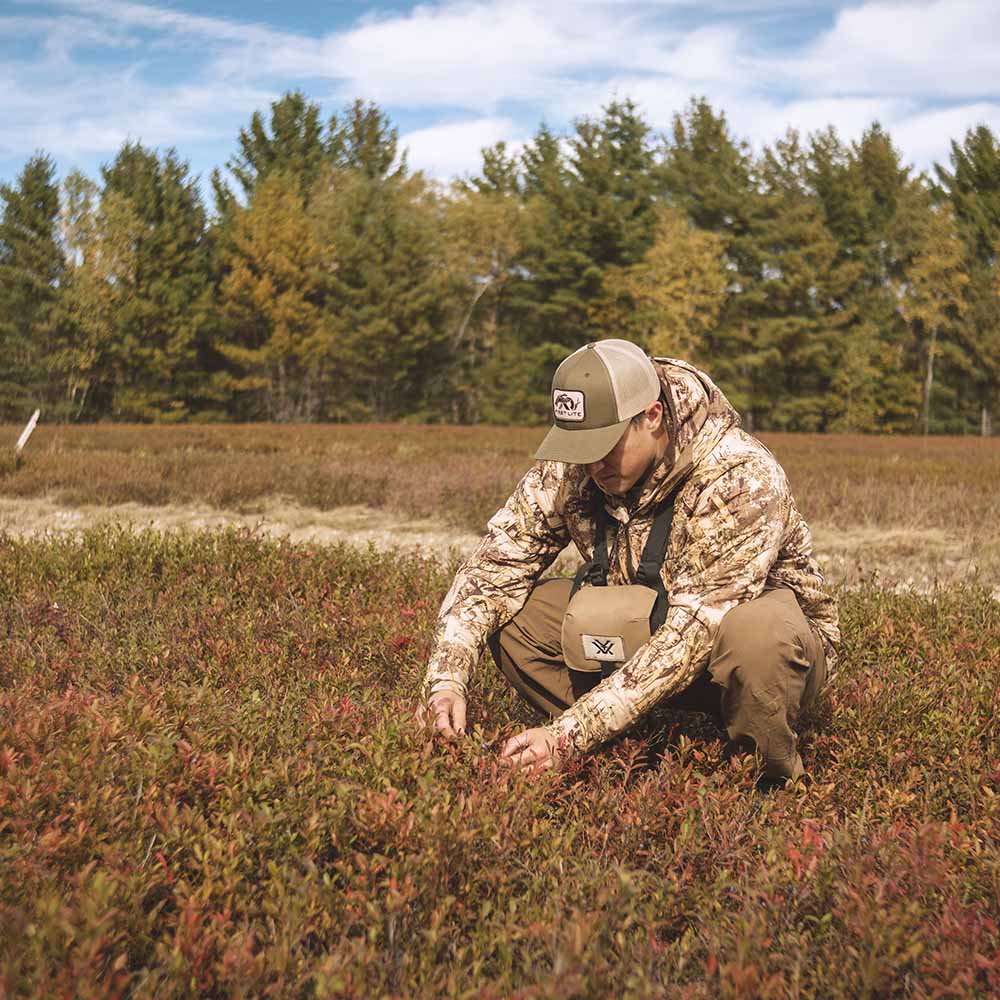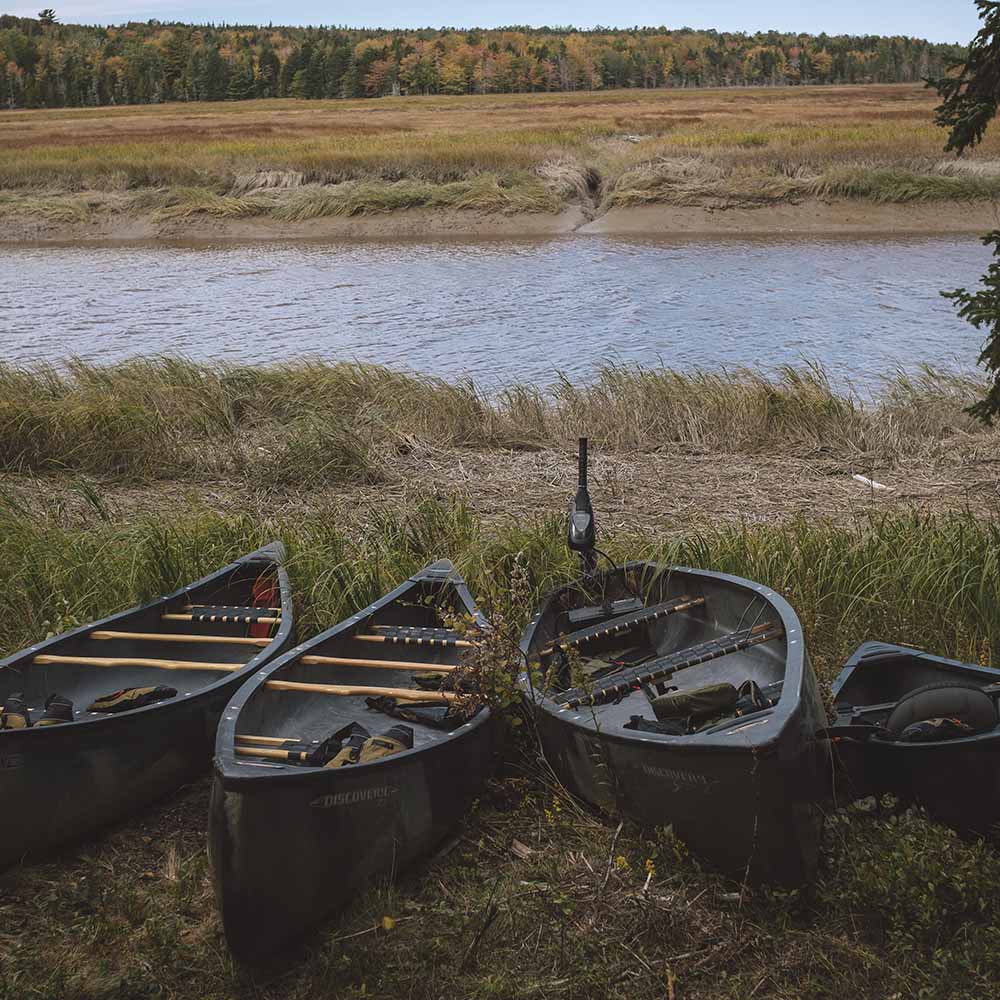Tips for Foraging From a Canoe or Kayak
By: Christi Holmes, Ambassador
Often when we are out canoeing or kayaking, our eyes are peeled for wildlife, but don’t overlook the edible wild plants in plain sight! For thousands of years, humans have been getting in their canoes to go find food. Here are some tips for foraging from a canoe or kayak.
There are many edible plants and mushrooms, depending on where you live. Commonly foraged foods include various varieties of mushrooms, berries, fiddleheads, ramps (wild garlic), cattails, acorns, and wild rice. Research locally to find out what might be available in your area.

Most foragers do so by foot, but since many foraged plants and mushrooms prefer wet environments like those along stream banks, or islands, traveling by canoe or kayak allows you to expand your range and investigate more secluded areas. Instead of paddling, poling allows you to stand while maneuvering your canoe, giving you better vantage points to scout for wild foods.
Before you venture out, check your local laws regarding foraging on private and public properties. If you already know an area with edible plants, launch your canoe near there and explore inaccessible areas nearby. Study soil and contour maps to identify areas worth investigating by water. When you stop to forage, pull your canoe adequately up on shore and always tie it off. Tie some orange flagging tape or mark your canoe’s location on your GPS so you can find it easily after foraging. Some things, like high-bush blueberries and cranberries, can be foraged without ever leaving your canoe seat! Always wear a PFD and be 100% sure of your plant identification before consuming your foraged finds. Carry and consult with a local guidebook or mentor.

You can forage from any canoe or kayak but you’ll want to make sure your craft has room to store baskets and gears. Stability is key since you’ll likely be entering and exiting your vessel multiple times a day from a muddy riverbank, not a launch or beach. Old Town’s Discovery series canoes are wide and stable, making them perfect for carrying gear. Sit-on-top kayaks like the Old Town’s Sportsman series offer more stability and space than sit-inside kayaks.
Registered Maine Guide, and host of WildFed on the Outdoor Channel, Daniel Vitalis paddles his Old Town Discovery along the streams in Maine each spring. “For my wife Avani and I, the canoe is an essential piece of foraging equipment. Riparian plants, like ostrich fern (fiddleheads), can be accessed more easily this way, and fruits like cranberry can be picked right from the boat at the water’s edge where lakes and ponds meet the peat moss bogs. Nothing beats the canoe for scouting new areas of forest and floodplain that lie along the rivers.”
Foraging wild plants is a great way to spend time outside and bring home fresh, local food. Adding a canoe to your foraging arsenal allows you to access many more places.






